Commentary
COMMENTARY: Clean Air Is a Human Right
LOS ANGELES SENTINEL — My baby brother suffered from acute asthma his entire childhood, and witnessing his pain was tough on me, but even more so for my parents. It was disheartening to watch him suffer and miss school when he had trouble breathing. My parents, Mexican immigrants with limited education, worked multiple low-wage jobs to make ends meet. They often had to skip work to take care of him, which also hurt our ability to purchase appropriate treatments for him. For low-income families like mine, having health issues presents hard decisions about priorities and survival.
By Noemí Gallardo, Senior Manager of Public Policy, Sunrun Inc.
My baby brother suffered from acute asthma his entire childhood, and witnessing his pain was tough on me, but even more so for my parents. It was disheartening to watch him suffer and miss school when he had trouble breathing. My parents, Mexican immigrants with limited education, worked multiple low-wage jobs to make ends meet. They often had to skip work to take care of him, which also hurt our ability to purchase appropriate treatments for him. For low-income families like mine, having health issues presents hard decisions about priorities and survival.
This is not a unique story. Asthma is a debilitating, life-threatening ailment that is only getting more common and costly in the U.S. Asthma costs $56 billion each year, directly hurting both the health and financial security of those afflicted. Our nation’s productivity also takes a hit, with 10.5 million missed days of school and 14.2 million missed days of work annually.
Poor air quality caused by dirty, fossil-fueled power plants is a significant contributor to the growth of this serious disease, and polluting power plants are overwhelmingly located in low-income and minority communities. According to the NAACP, approximately 68 percent of African Americans live or have lived within 30 miles of a coal-fired power plant. Meanwhile, a report by the Clean Air Task Force found nearly 2 million Latinos, like my family, live within a half mile of existing oil and gas facilities. My brother and I were born and lived just miles from the now-shutdown power plants located in Oxnard, California. Luckily, he overcame the asthma — not everyone does.
There is a direct connection between replacing fossil fuels with solar energy and the reduction of the risks of asthma, heart attacks and other ailments, according to research from the Harvard T. H. Chan School of Health. Replacing these power plants with solar power is one important step we can take as a nation in curbing asthma as a public health epidemic.
A disproportionate burden
Asthma impacts some communities more than others. According to the above NAACP study, an African American or Latino child is twice as likely to die from an asthma attack compared to a Caucasian American child. African Americans in particular have much higher asthma rates than the general population, with nearly 17% of African American children having asthma, the highest rate among racial and ethnic groups and one that affects both educations and careers.
These are inequities with real consequences, but also a phenomena that is entirely preventable. We have the tools and technology today to reduce the prevalence and danger of asthma for all—especially for our children.
The right way forward
In a recent report, Sunrun outlined the potential to change the standard of living for residents and create cleaner, fresher air by displacing gas peaker plants in Los Angeles with home solar and batteries. This could bring both electricity savings and clean energy to 25,000 homes and 2,500 apartment buildings in traditionally underserved and low-income communities. These are areas with low solar penetration, and also areas most likely to host gas-fired power plants. Using solar can address smog issues today in the communities most affected by the lack of clean air.
Solar battery technology has improved which is important for energy storage and the cost for households to have solar has steadily been dropping over the last two decades. As the cost of solar drops, the opportunity opens up for everyone to have access regardless of socioeconomic status.
Smart policy and green bank financing provide financial support for lower-income residents to buy or lease solar systems. For example, the non-profit GRID Alternatives leverages additional funds to reduce project costs and provide workforce development opportunities for disadvantaged communities. These efforts must be supported by smart state policies that empower innovative companies to expand access to solar, such as redirecting low-income energy bill subsidies into grants that eligible customers can apply to home solar and battery systems.
Clean air should be a human right—not a luxury for the wealthy. My family’s experience has inspired me to become an advocate for low-income communities, ensuring that children like my brother won’t continue to suffer from asthma. On this World Asthma Day, let’s mobilize to fight the disease at its cause. Cleaner air equals healthier lungs, and with solar power, we can move towards fresh air and a healthier planet.
This article originally appeared in the Los Angeles Sentinel
Activism
Oakland Post: Week of April 17 – 23, 2024
The printed Weekly Edition of the Oakland Post: Week of April 17 – 23, 2024

To enlarge your view of this issue, use the slider, magnifying glass icon or full page icon in the lower right corner of the browser window. ![]()
Commentary
Opinion: Surviving the Earthquake, an Eclipse and “Emil Amok.”
Last Friday, a 4.8 magnitude earthquake shook New York City, reported as the “biggest earthquake with an epicenter in the NYC area since 1884” when a 5.2 quake hit. A bit bigger. The last quake similar to Friday’s was a 4.9 in 1783.Alexander Hamilton felt it — 241 years ago. That’s why New Yorkers were freaking out on Friday. They were in the room where it happens.
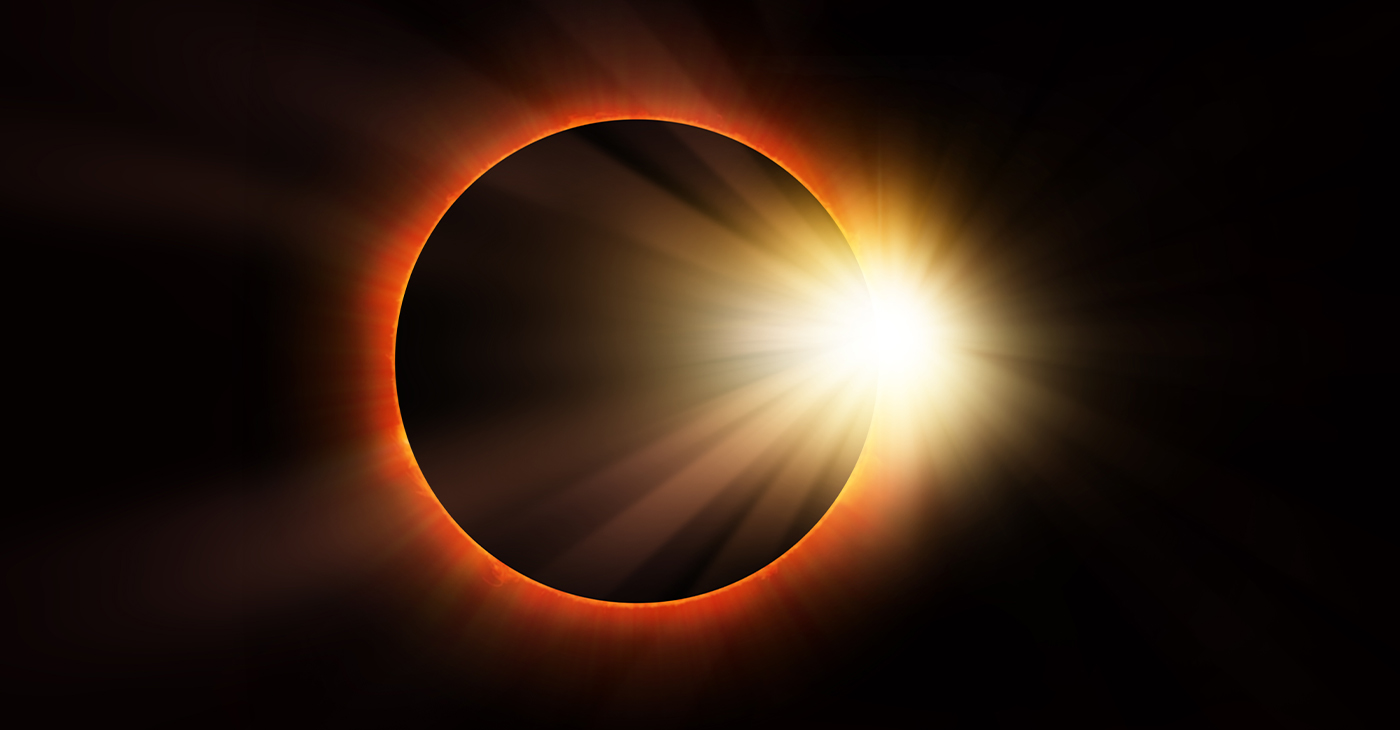
By Emil Guillermo
I’m a Northern Californian in New York City for the next few weeks, doing my one-man show, “Emil Amok, Lost NPR Host, Wiley Filipino, Vegan Transdad.”
I must like performing in the wake of Mother Nature.
Last Friday, a 4.8 magnitude earthquake shook New York City, reported as the “biggest earthquake with an epicenter in the NYC area since 1884” when a 5.2 quake hit. A bit bigger. The last quake similar to Friday’s was a 4.9 in 1783.
Alexander Hamilton felt it — 241 years ago.
That’s why New Yorkers were freaking out on Friday. They were in the room where it happens.
And it just doesn’t happen that often.
Beyonce singing country music happens more frequently.
When I felt New York shake last week, it reminded me of a time in a San Francisco TV newsroom when editors fretted about a lack of news an hour before showtime.
Then the office carpeting moved for a good ten seconds, and the news gods gave us our lead story.
On Friday when it happened in NYC, I noticed the lines in the carpeting in my room wiggling. But I thought it was from a raucous hotel worker vacuuming nearby.
I didn’t even think earthquake. In New York?
I just went about my business as if nothing had happened. After living near fault lines all my life, I was taking things for granted.
Considering the age of structures in New York, I should have been even more concerned about falling objects inside (shelves, stuff on walls) and outside buildings (signs, scaffolding), fire hazards from possible gas leaks, and then I should have looked for others on my floor and in the hotel lobby to confirm or aid or tell stories.
Of course, as a Californian who has lived through and covered quakes in the 4 to 6 magnitude range, I tried to calm down any traumatized New Yorker I encountered by taking full responsibility for bringing in the quake from the Bay Area.
I reassured them things would be all right, and then let them know that 4.8s are nothing.
And then I invited them to my consoling post-Earthquake performance of “Emil Amok, Lost NPR Host…”
It was the night of the eclipse.
ECLIPSING THE ECLIPSE
In New York City, the eclipse was about 90 percent visible. Good enough for me. Though a full solar eclipse is a celestial rarity, blockages of any sort aren’t generally celebrated. My one-man play is about growing up with the eclipsed history of American Filipinos and how I struggle to unblock all that.
For example, did you know the first Filipinos actually arrived to what is now California in 1587? That’s 33 years before the Pilgrims arrived in America on the other coast, but few know the Filipino history which has been totally eclipsed.
I was in Battery Park sitting on a bench and there was a sense of community as people all came to look up. A young woman sitting next to me had a filter for a cell phone camera. We began talking and she let me use it. That filter enabled me to take a picture of the main event with my iPhone.
For helping me see, I invited her and her boyfriend to come see my show.
Coincidentally, she was from Plymouth, Massachusetts, near the rock that says the year the Pilgrims landed in 1620.
In my show she learned the truth. The Pilgrims were second.
History unblocked. But it took a solar eclipse.
Next one in 2044? We have a lot more unblocking to do.
If you’re in New York come see my show, Sat. April 13th, 5:20 pm Eastern; Fri. April 19, 8:10 pm Eastern; and Sun. April 21st 5:20 pm Eastern.
You can also livestream the show. Get tickets at www.amok.com/tickets
About the Author
Emil Guillermo is a journalist and commentator. He does a mini-talk show on YouTube.com/@emilamok1. He wishes all his readers a Happy Easter!
Commentary
Commentary: Republican Votes Are Threatening American Democracy
In many ways, it was great that the Iowa Caucuses were on the same day as Martin Luther King Jr. Day. We needed to know the blunt truth. The takeaway message after the Iowa Caucuses where Donald Trump finished more than 30 points in front of Florida Gov. De Santis and former South Carolina Governor Nikki Haley boils down to this: Our democracy is threatened, for real.
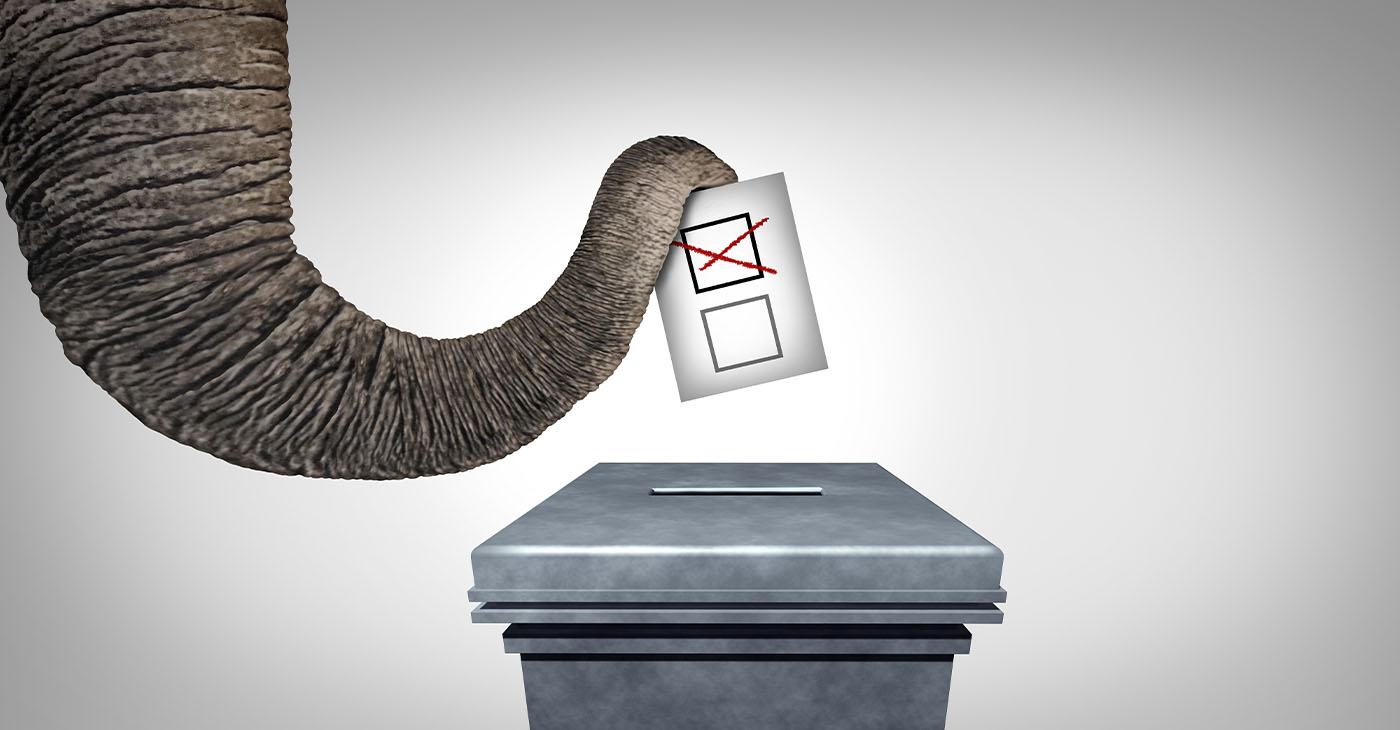
By Emil Guillermo
In many ways, it was great that the Iowa Caucuses were on the same day as Martin Luther King Jr. Day.
We needed to know the blunt truth.
The takeaway message after the Iowa Caucuses where Donald Trump finished more than 30 points in front of Florida Gov. De Santis and former South Carolina Governor Nikki Haley boils down to this: Our democracy is threatened, for real.
And to save it will require all hands on deck.
It was strange for Iowans to caucus on MLK day. It had a self-cancelling effect. The day that honored America’s civil rights and anti-discrimination hero was negated by evening.
That’s when one of the least diverse states in the nation let the world know that white Americans absolutely love Donald Trump. No ifs, ands or buts.
No man is above the law? To the majority of his supporters, it seems Trump is.
It’s an anti-democracy loyalty that has spread like a political virus.
No matter what he does, Trump’s their guy. Trump received 51% of caucus-goers votes to beat Florida Gov. Ron DeSantis, who garnered 21.2%, and former South Carolina Gov. Nikki Haley, who got 19.1%.
The Asian flash in the pan Vivek Ramaswamy finished way behind and dropped out. Perhaps to get in the VP line. Don’t count on it.
According to CNN’s entrance polls, when caucus-goers were asked if they were a part of the “MAGA movement,” nearly half — 46% — said yes. More revealing: “Do you think Biden legitimately won in 2020?”
Only 29% said “yes.”
That means an overwhelming 66% said “no,” thus showing the deep roots in Iowa of the “Big Lie,” the belief in a falsehood that Trump was a victim of election theft.
Even more revealing and posing a direct threat to our democracy was the question of whether Trump was fit for the presidency, even if convicted of a crime.
Sixty-five percent said “yes.”
Who says that about anyone of color indicted on 91 criminal felony counts?
Would a BIPOC executive found liable for business fraud in civil court be given a pass?
How about a BIPOC person found liable for sexual assault?
Iowans have debased the phrase, “no man is above the law.” It’s a mindset that would vote in an American dictatorship.
Compare Iowa with voters in Asia last weekend. Taiwan rejected threats from authoritarian Beijing and elected pro-democracy Taiwanese vice president Lai Ching-te as its new president.
Meanwhile, in our country, which supposedly knows a thing or two about democracy, the Iowa caucuses show how Americans feel about authoritarianism.
Some Americans actually like it even more than the Constitution allows.
About the Author
Emil Guillermo is a journalist and commentator. He does a mini-talk show on YouTube.com/@emilamok1.
-
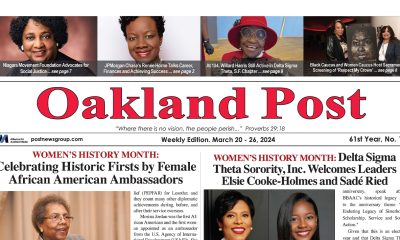
 Activism4 weeks ago
Activism4 weeks agoOakland Post: Week of March 20 – 26, 2024
-
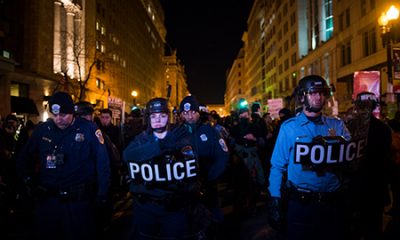
 #NNPA BlackPress3 weeks ago
#NNPA BlackPress3 weeks agoCOMMENTARY: D.C. Crime Bill Fails to Address Root Causes of Violence and Incarceration
-
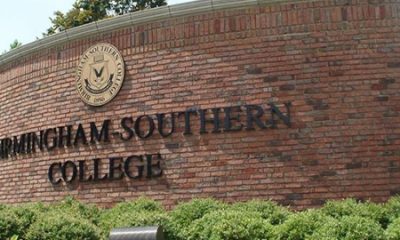
 #NNPA BlackPress3 weeks ago
#NNPA BlackPress3 weeks agoMayor, City Council President React to May 31 Closing of Birmingham-Southern College
-
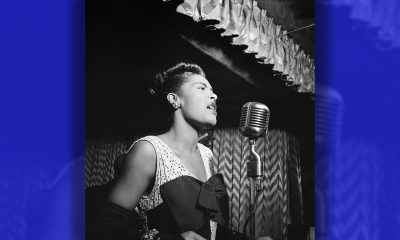
 #NNPA BlackPress3 weeks ago
#NNPA BlackPress3 weeks agoCOMMENTARY: Lady Day and The Lights!
-
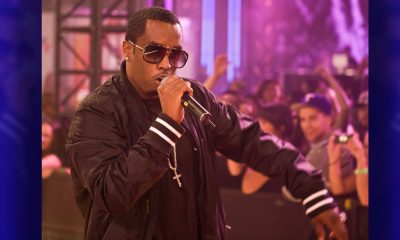
 #NNPA BlackPress3 weeks ago
#NNPA BlackPress3 weeks agoFrom Raids to Revelations: The Dark Turn in Sean ‘Diddy’ Combs’ Saga
-
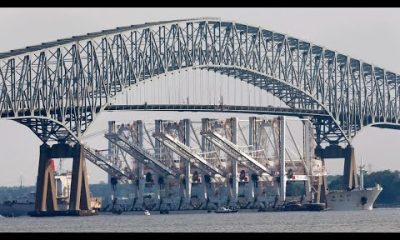
 #NNPA BlackPress3 weeks ago
#NNPA BlackPress3 weeks agoBaltimore Key Bridge Catastrophe: A City’s Heartbreak and a Nation’s Alarm
-

 #NNPA BlackPress3 weeks ago
#NNPA BlackPress3 weeks agoBaltimore’s Key Bridge Struck by Ship, Collapses into Water
-

 Activism3 weeks ago
Activism3 weeks agoOakland Post: Week of March 27 – April 2, 2024














































